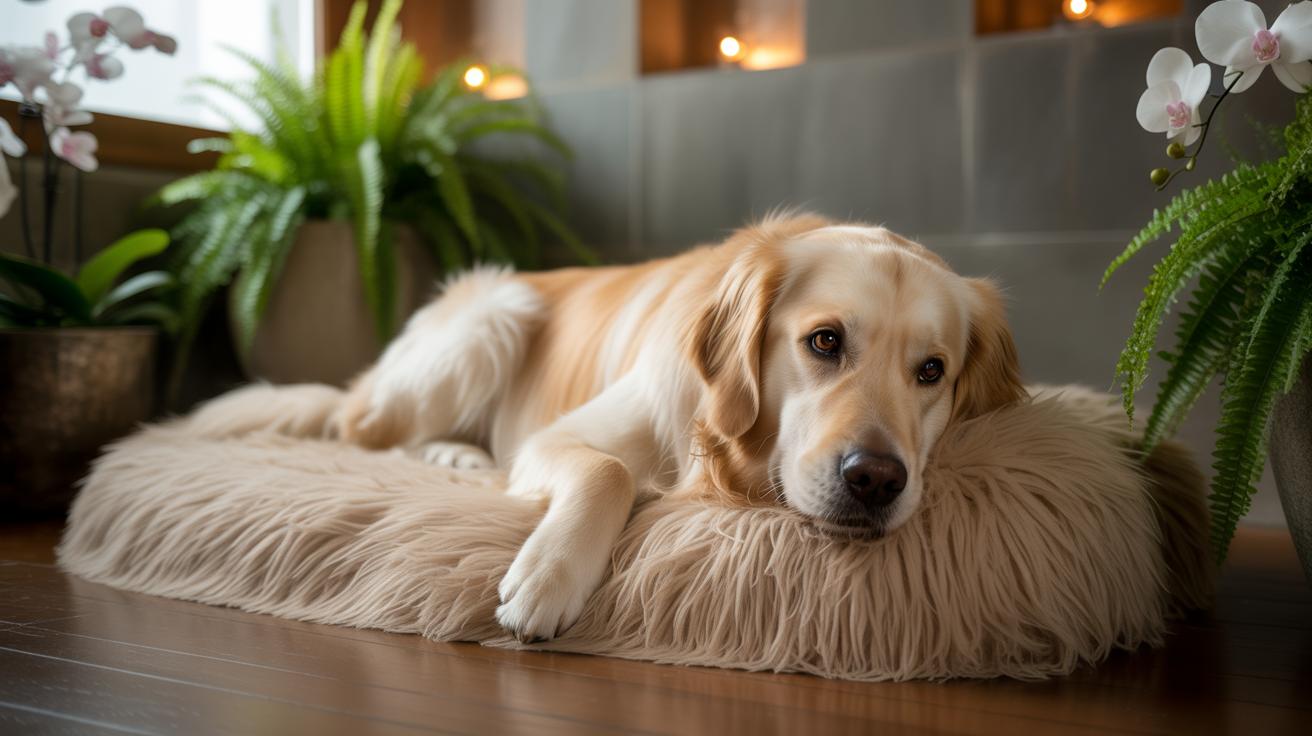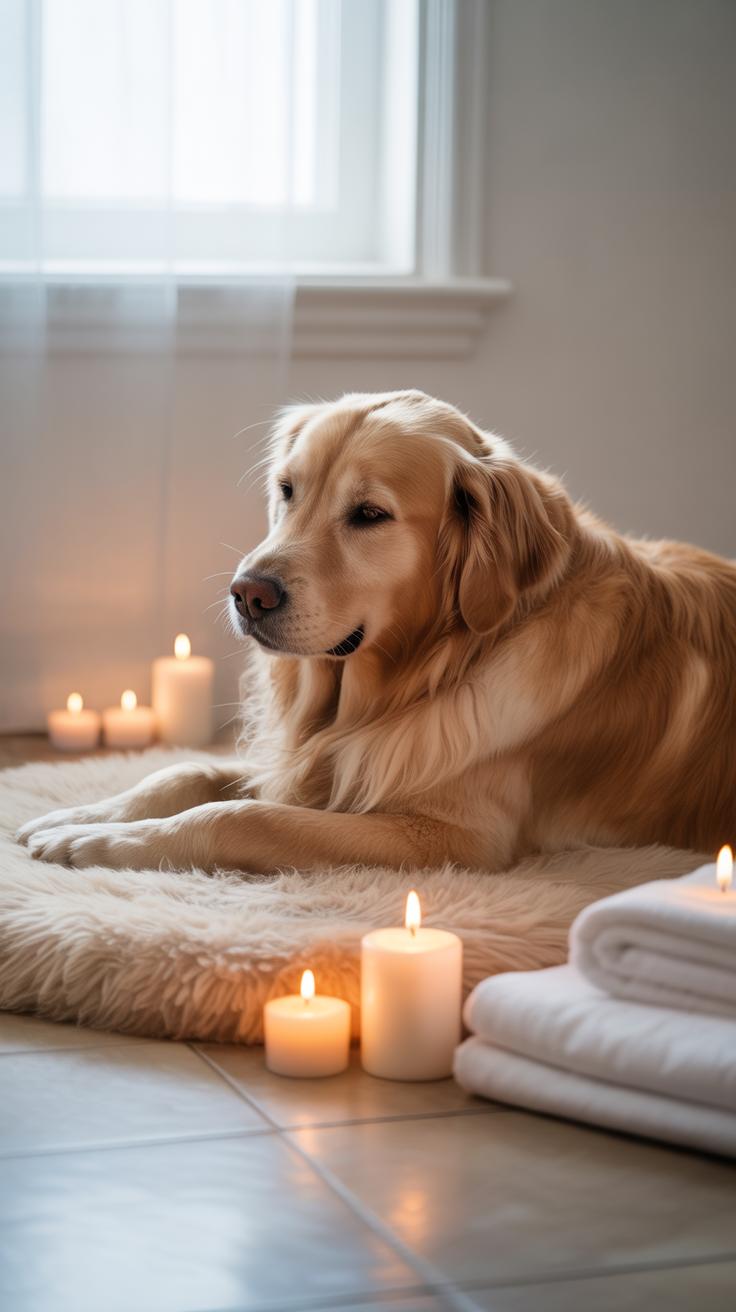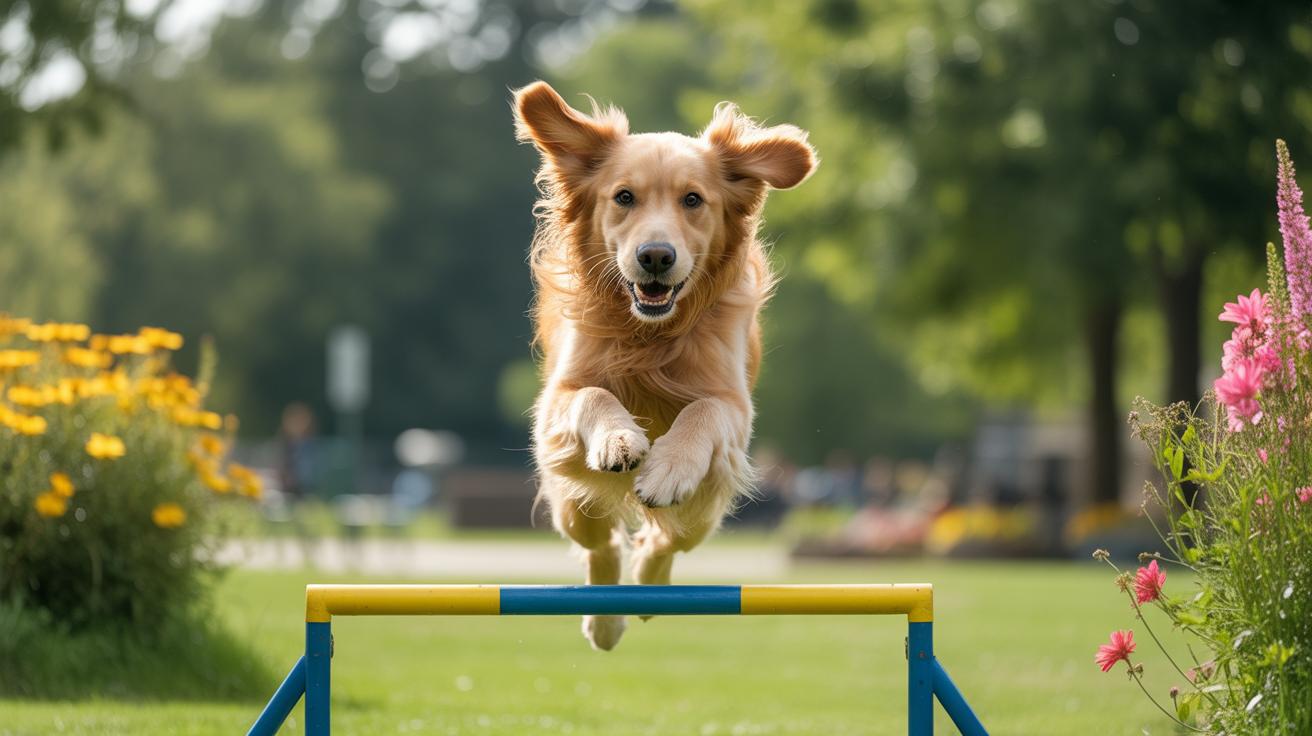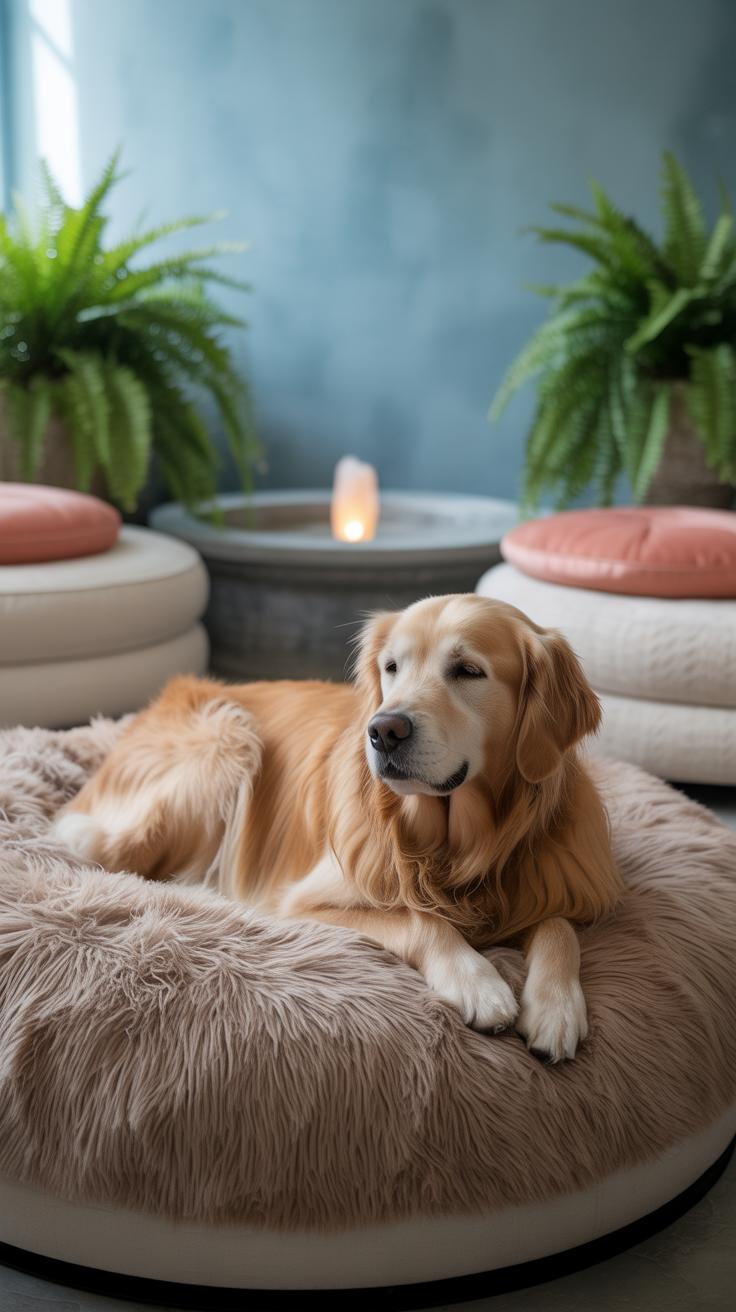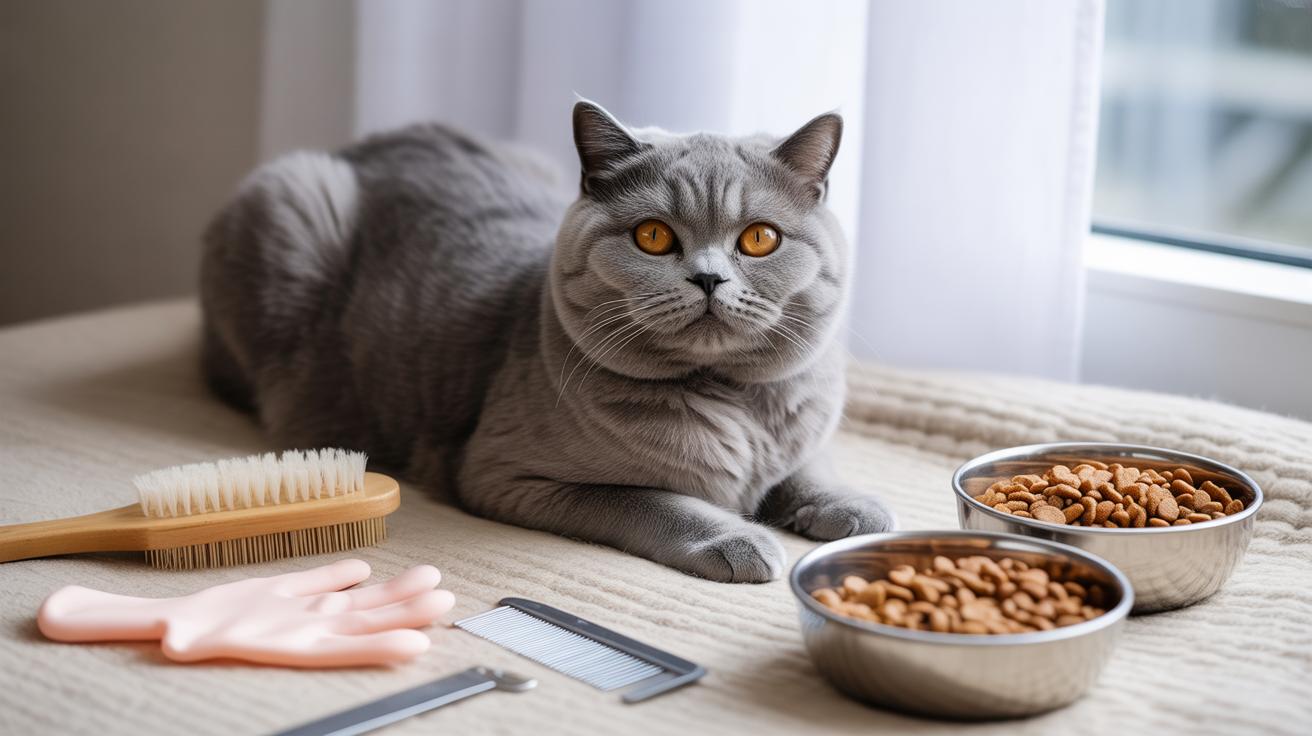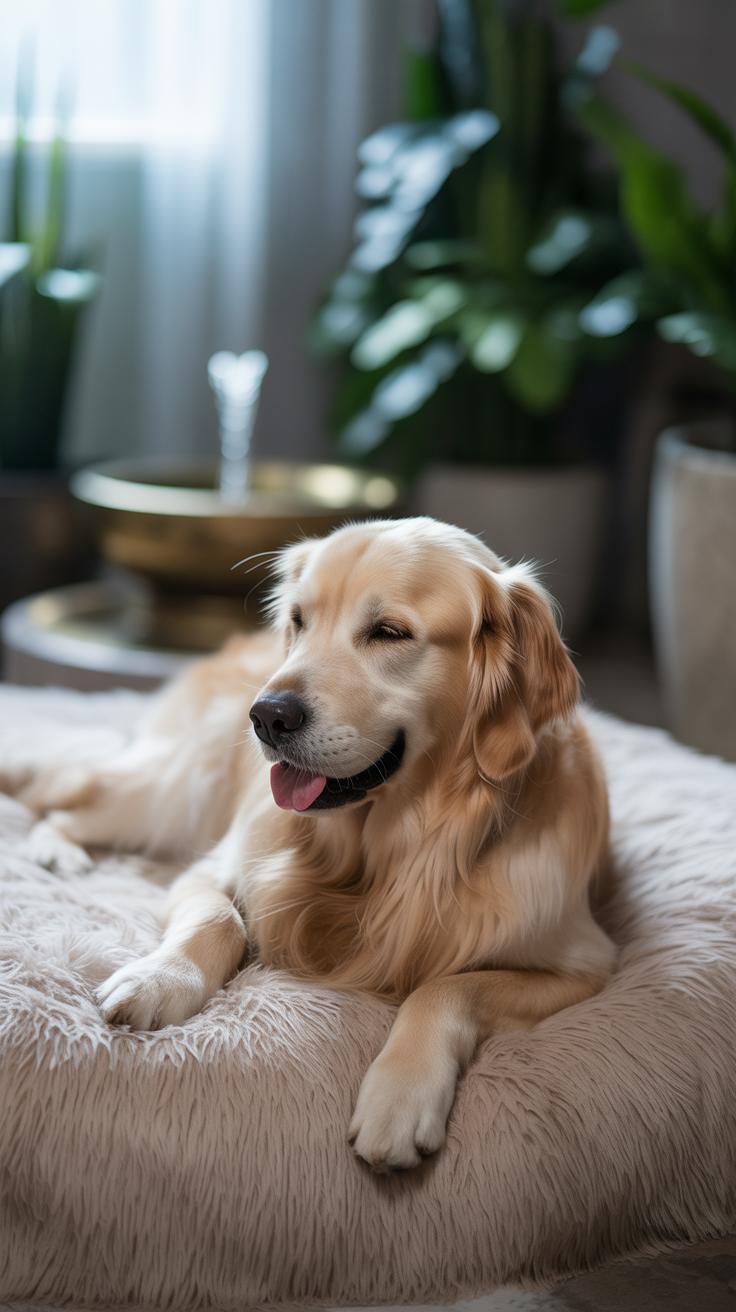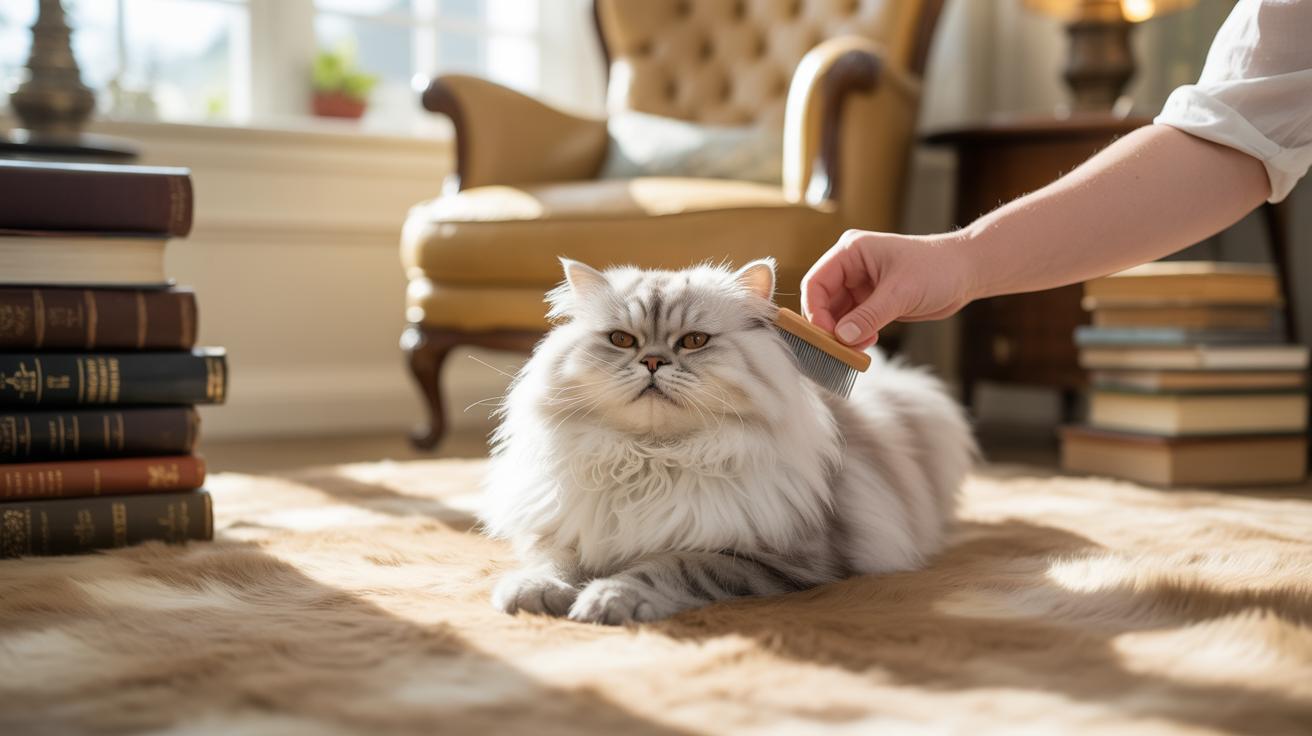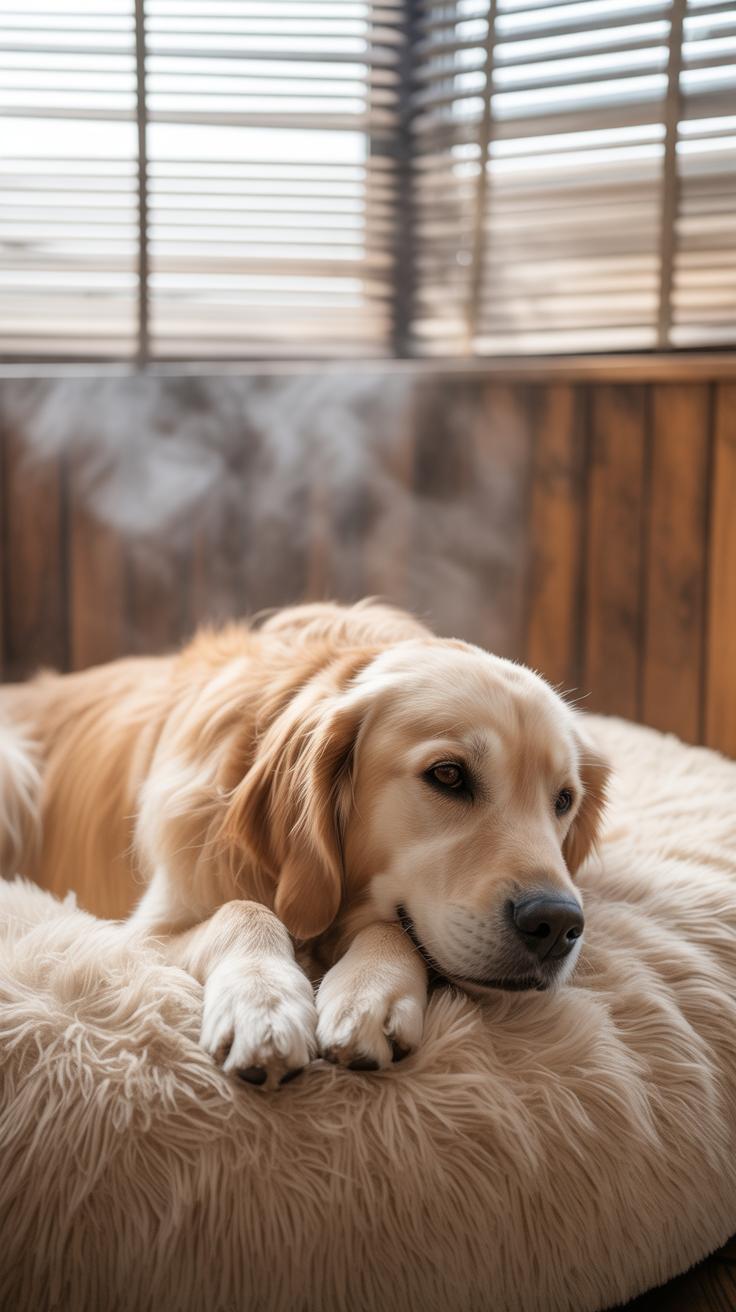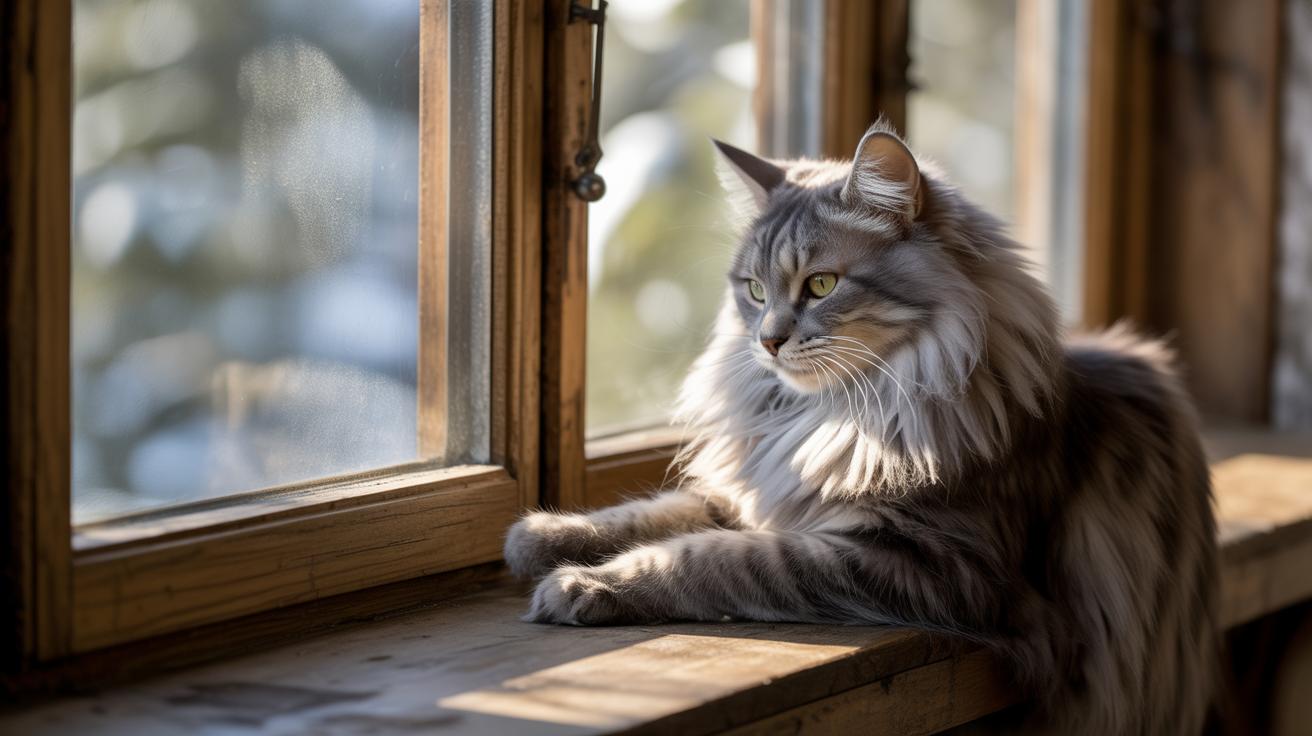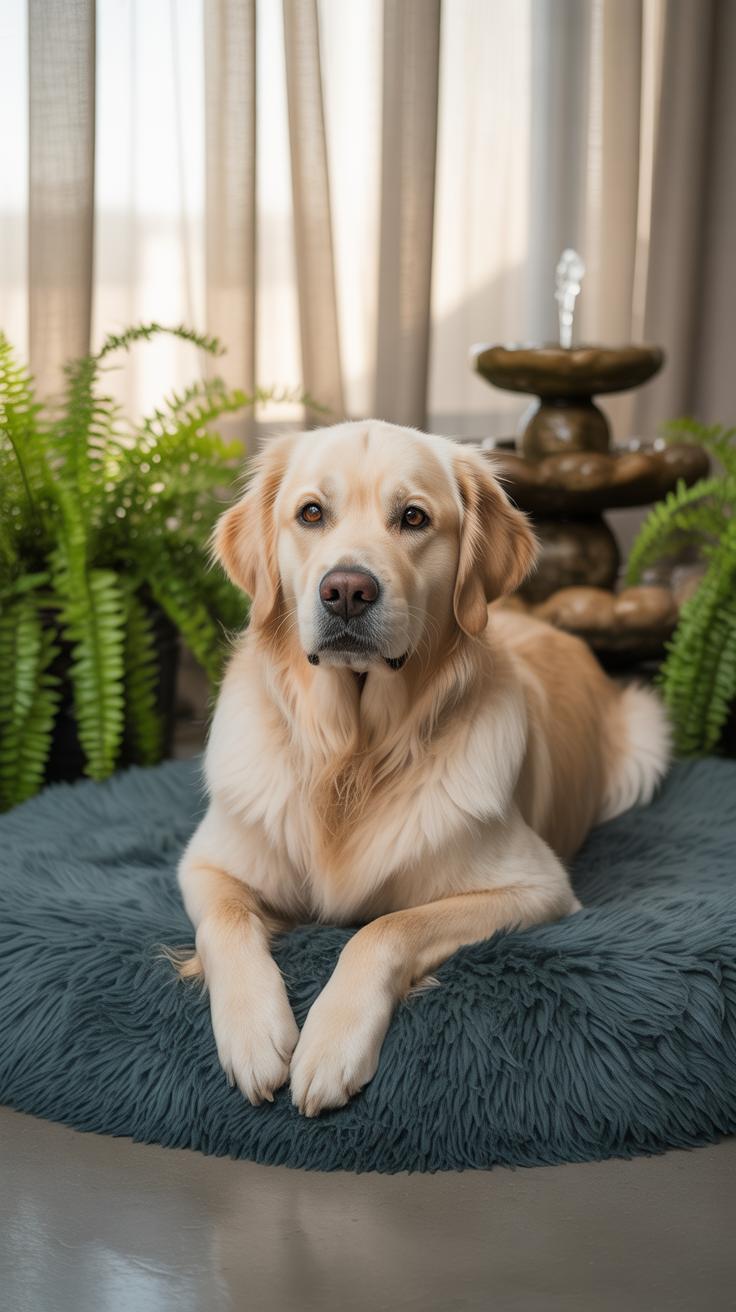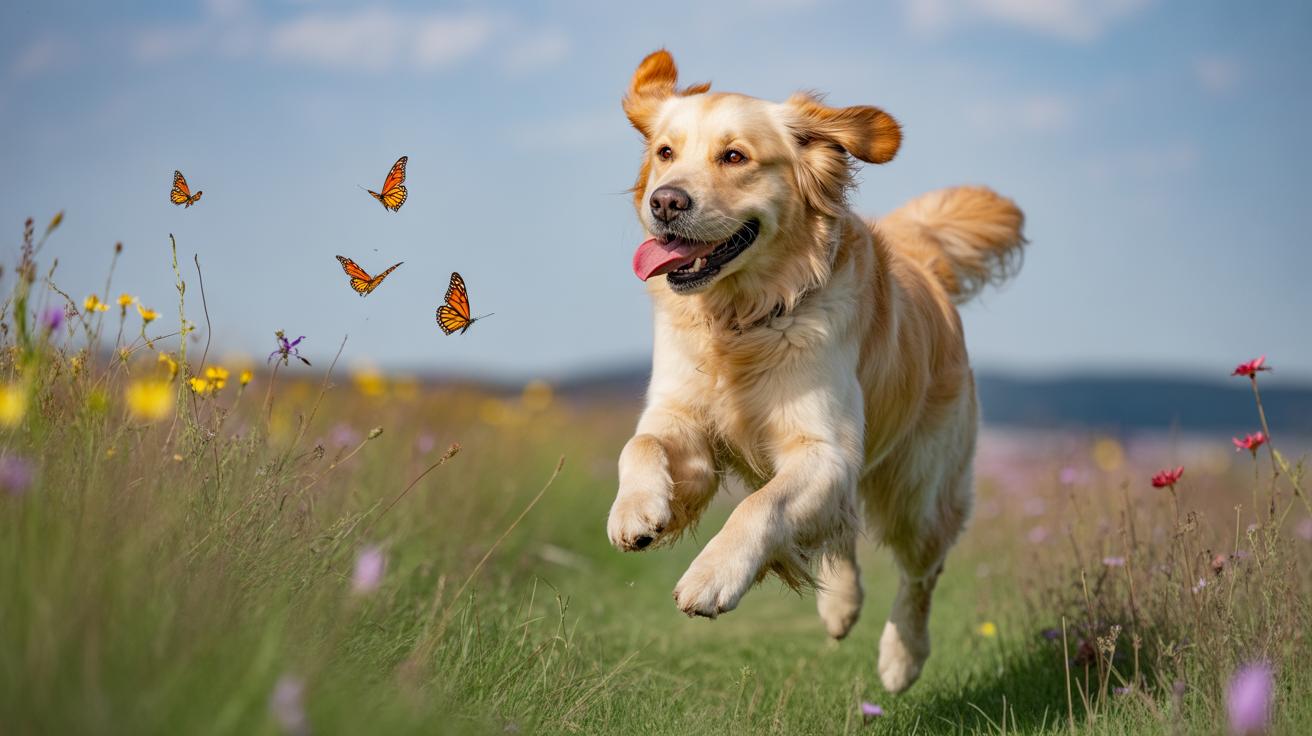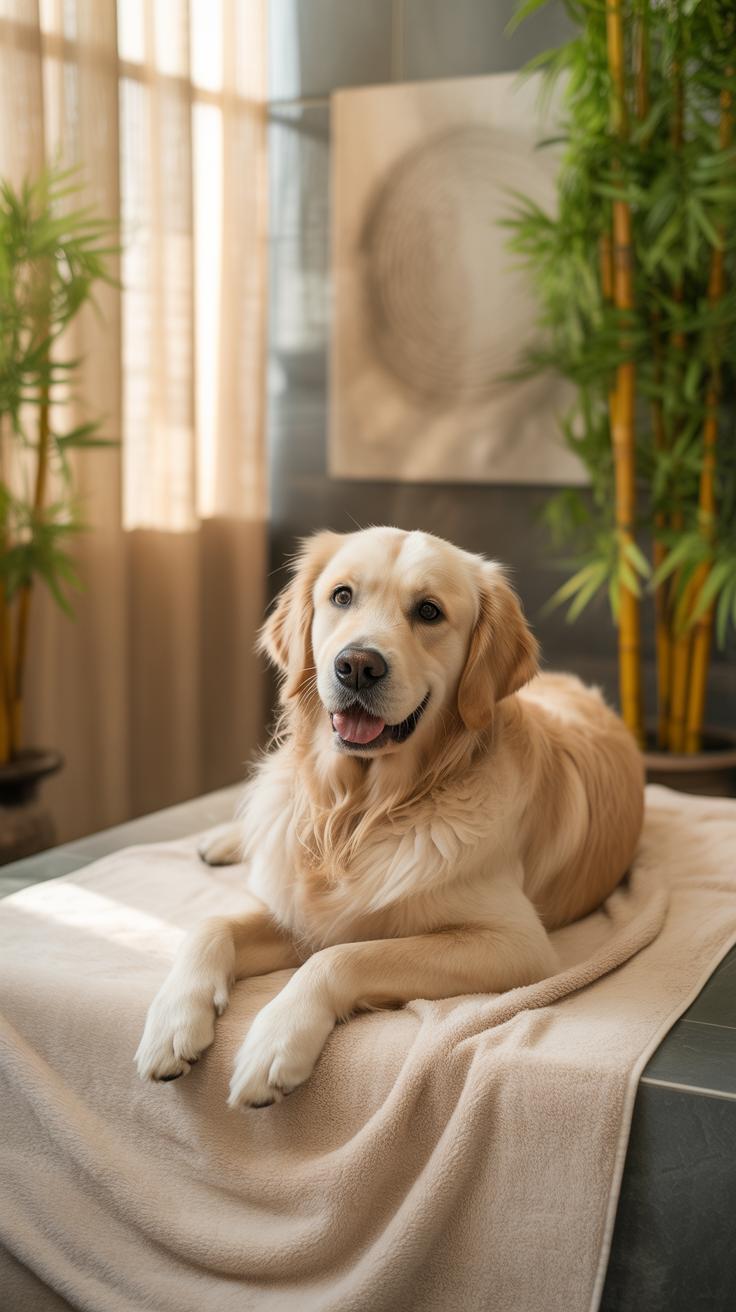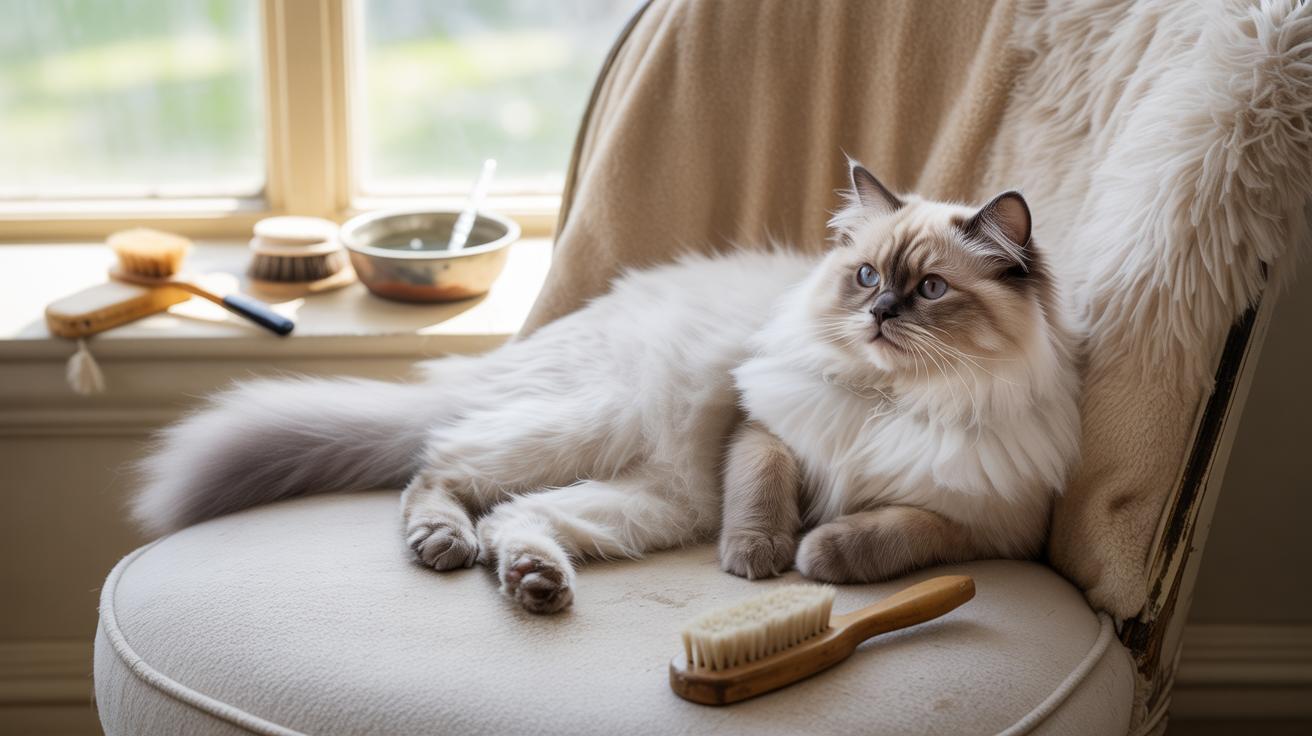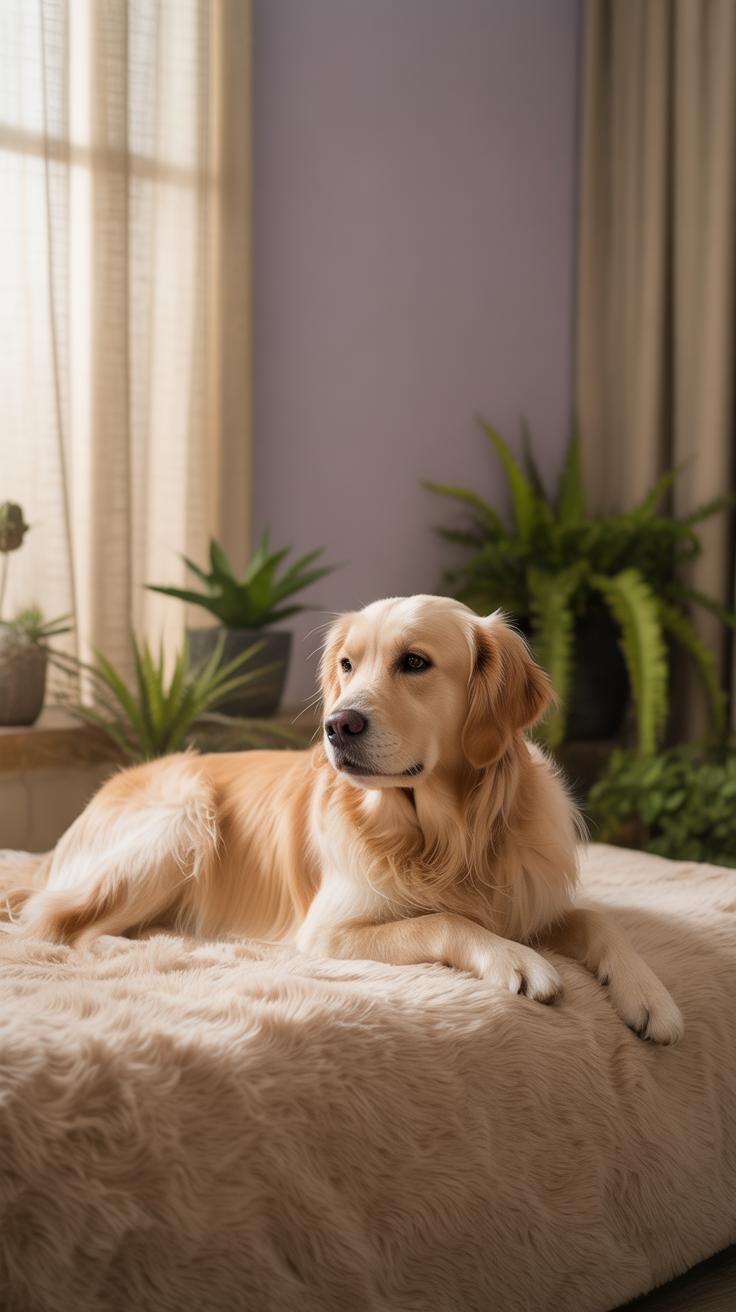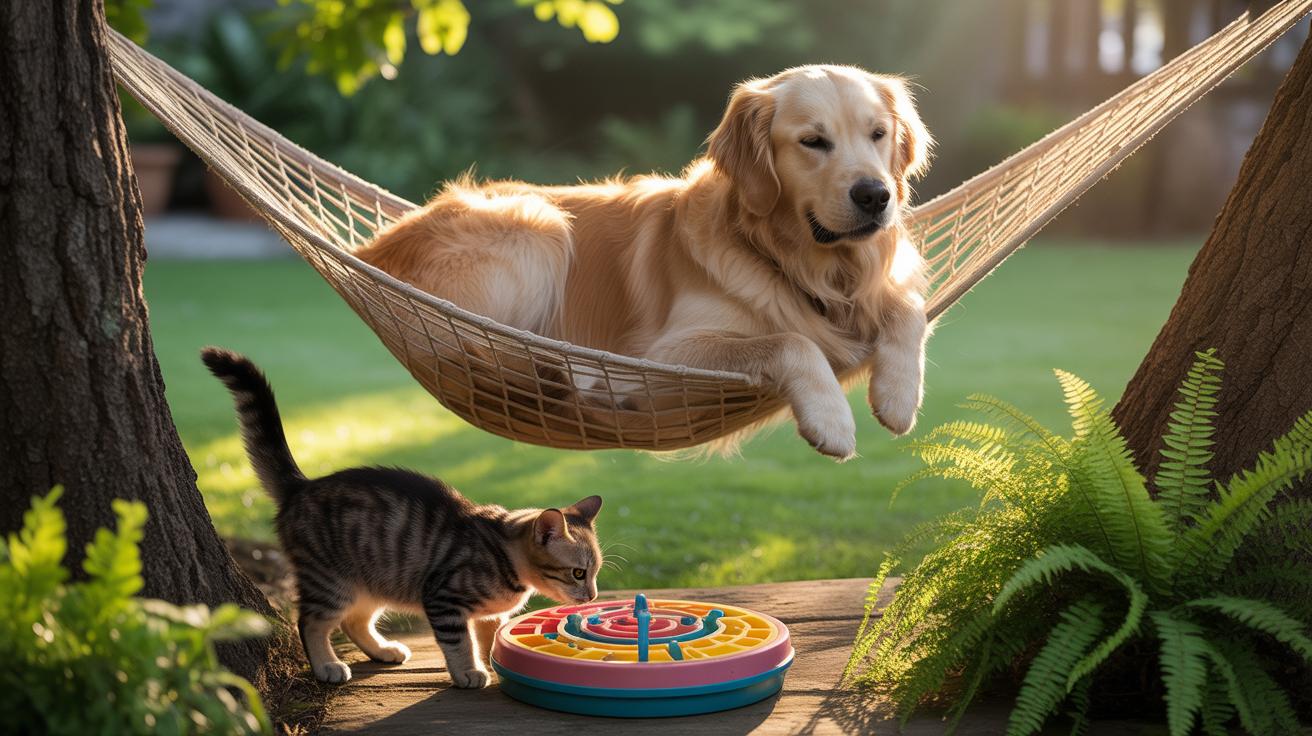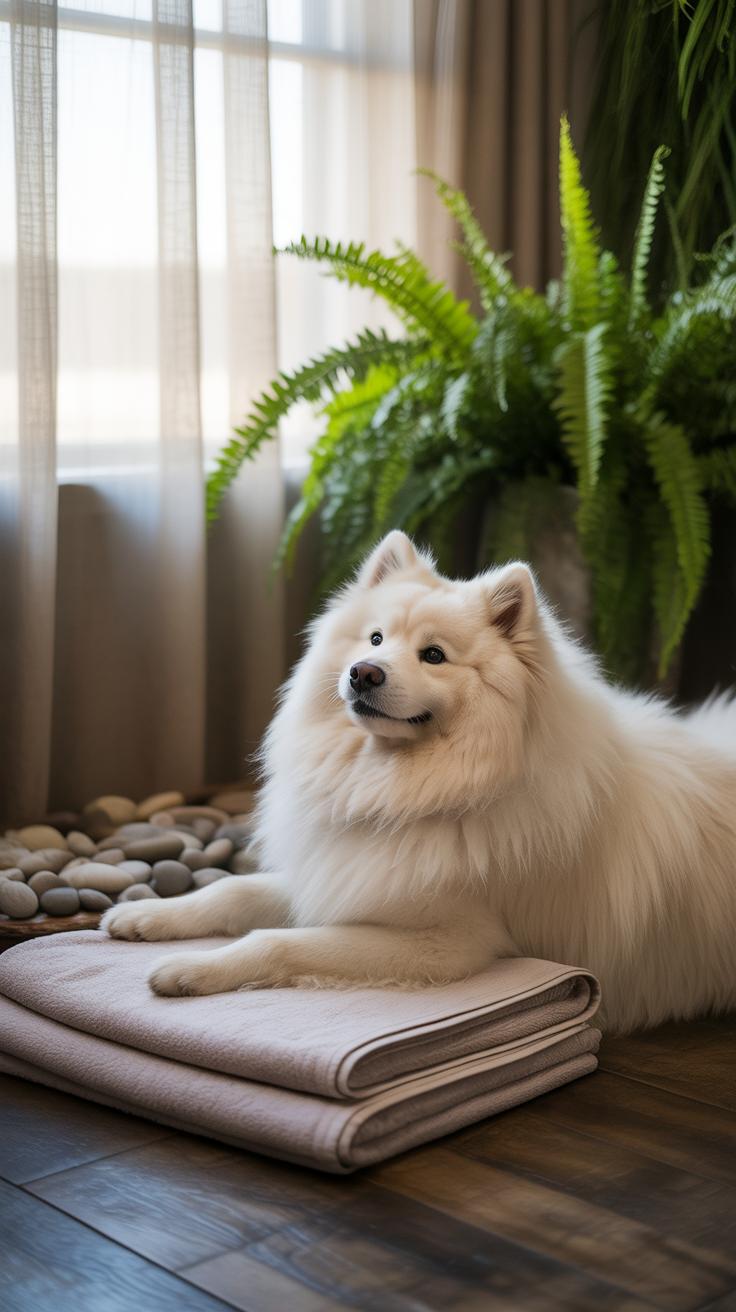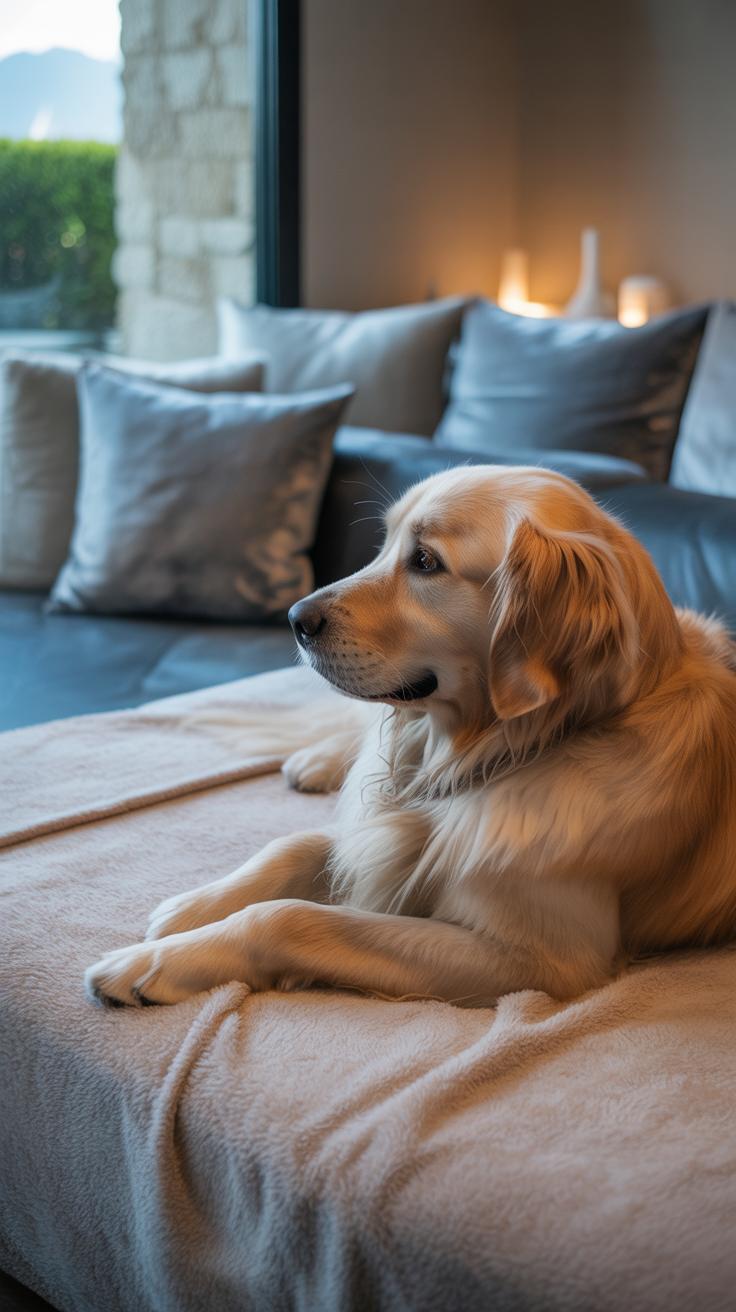Introduction
A spa room can be a wonderful addition to your pet wellness retreat. It offers a peaceful and calming environment tailored specifically to meet your pet’s relaxation needs. Creating a spa room for your pet focuses on their comfort and well-being, enhancing your retreat experience.
This article explores the benefits of having a spa room in your pet wellness retreat. You will learn how a spa room can improve your pet’s health, behavior, and overall happiness. The following chapters will guide you through everything you need to know to make the most of this valuable feature.
Understanding Spa Rooms
Spa Room Basics
A spa room for pets is a specially designed space focused on their comfort and care. It’s not just a fancy room with towels and oils—though those can be part of it. The main idea is to create an environment that caters to a pet’s physical and mental well-being during their wellness retreat experience.
Common features you might find include gentle lighting, calming sounds, and specialized equipment tailored to animals. Think of heated mats, grooming stations, and non-slip flooring that keeps pets safe. Sometimes, there are even massage tables or hydrotherapy tubs for gentle water treatments. The setup tends to be clean and quiet, making the space feel safe and relaxing, which, honestly, pets seem to appreciate more than one might expect.
Why Pets Need Spa Rooms
What’s the point of a dedicated spa room for pets? Well, pets react differently to stress and new environments compared to humans. A space designed just for them helps lower anxiety and create a sense of calm. It also offers a controlled setting where treatments can happen without interruptions.
Having a room focused entirely on their comfort lets caregivers be more attentive and tailored in their approach. Pets benefit not only physically but also emotionally by getting undivided attention in a soothing environment. For many owners, seeing a pet visibly relax or perk up during a session can be quite surprising—and, honestly, rewarding.
So, a pet spa room offers more than just a place to clean or pamper your animal. It’s a small sanctuary for wellness, recovery, and even some moments of unexpected joy. One might wonder if every retreat really needs one, but if you watch how a pet responds, the answer often becomes obvious.
Health Benefits of Spa Rooms
When pets enter a spa room, the effects go beyond simple pampering. Many owners notice how their animals visibly relax, but why does that happen? Spa treatments can actually improve muscle function and encourage better circulation. For example, gentle massages or warm compresses ease stiff muscles after play or exercise, making movements smoother. I’ve seen dogs that seemed tense become more fluid and comfortable after just a session or two.
Improved circulation is another key factor. Increased blood flow helps deliver oxygen and nutrients to tissues, which supports healing and overall vitality. Pets with arthritis or those recovering from injury seem to benefit, though it’s not a cure-all. Still, the relief they experience can make a noticeable difference.
Then there’s the mental side. The quiet, calm environment you create in a spa room plays a big role in easing anxiety. Pets often feel safer in spaces that are warm, softly lit, and free from loud noises. It’s not just about the treatments themselves but the setting — the atmosphere nurtures a sense of security. Some pets might initially be wary but usually settle down after a few visits, showing less stress and fear.
Why do you think some pets respond better than others? Could it be their past experiences or personality? It’s interesting how spa rooms offer a place where nervous or hyperactive pets can find calm. That alone feels like a win, even if the benefits aren’t always obvious at first glance.
Setting Up a Pet Spa Room
Picking the right spot for your pet’s spa room makes a big difference. You want a quiet corner, away from loud noises and heavy foot traffic. Pets can get easily distracted or stressed, so the area should feel calm and safe. Maybe a spare room or a low-traffic nook in your home? Think about natural light too—too bright can be unsettling, but a dimly lit space might work better.
When it comes to equipment, there are a few essentials that really help create that relaxing environment. A soft, supportive bed where your pet can rest comfortably is key. Try choosing one that’s easy to clean and washable. A water fountain is also great—it encourages pets to stay hydrated during their downtime, and many prefer the running water sound.
Don’t forget about the ambiance. Playing calming music can soothe nervous animals, but it might take some trial and error to find what works best. Some pets react strangely to music, others seem to love it. You could even add a small fan or white noise machine to keep things peaceful. All these little touches combine to make a space that’s more inviting and less clinical for your furry friend.
Spa Treatments Your Pet Will Enjoy
When it comes to spa treatments for pets, massage therapy often stands out as a favorite—both for the pet and the owner. Many animals respond positively to gentle strokes and kneading, which can ease muscle tension and promote a sense of calm. Think of it as your pet’s way of winding down after a busy day. Techniques like slow circular motions on the shoulders or long, smooth strokes along the back work well. Sometimes pets seem to lean into it, as if saying, “Yes, keep going.” But it’s not always obvious—some may need time to warm up to touch, especially if they’re not used to being handled that way.
Aromatherapy is another treatment worth exploring. Using safe essential oils, like lavender or chamomile, can create a soothing atmosphere. Pets’ noses are sensitive, so the scents must be subtle and well-diluted. It’s a bit tricky because what relaxes one animal might make another slightly uneasy, so it’s good to observe how your pet reacts. You might notice your dog’s breathing slow or your cat settle down in a cozy spot. These scents aren’t just for ambiance—they can gently reduce stress and help pets feel more comfortable in the spa room.
Other popular treatments include warm towels to relax muscles and light brushing to stimulate circulation. These simple actions often make pets feel cared for without overwhelming them. It’s worthwhile to experiment patiently and see which treatments your pet naturally enjoys. After all, the goal is to offer something they look forward to, not endure.
Creating a Relaxing Environment
Designing a spa room for your pet isn’t just about the treatments you offer—it’s about the entire atmosphere. Pets are sensitive to their surroundings, maybe more than we realize. They pick up on little things, like harsh lights or sudden noises, which can unsettle them quickly. So, when setting up your spa room, think small details that suggest calm and comfort.
Lighting and Sound
Soft lighting is key. Think dimmed lamps or indirect light instead of bright overhead bulbs. It mimics a gentle, natural feel—something less startling and easier on your pet’s eyes. You might try adjustable lights, so you can experiment and see what your particular pets prefer.
When it comes to sound, silence isn’t always best. But loud noises certainly won’t help anyone relax. Low, soothing sounds, maybe gentle classical music or even specialized pet-calming playlists, often work well. The trick might be keeping the volume low enough so it doesn’t become background noise but enough to mask sudden sounds that could startle your pet.
Temperature Control
Temperature can change everything. Too cold can make a dog curl up tensely; too warm might make a cat restless or panty. Usually, a moderate room temperature around 68 to 72 degrees Fahrenheit feels comfortable for most pets, but some might want it a touch cooler or warmer.
Having a temperature control system that’s quick to adjust can be useful. Sometimes pets’ comfort fluctuates—a chilly winter day or a humid summer afternoon affects them differently. You might notice a dog happy to lounge close to a heater one day and the same dog clearly content near a fan the next. Observing these responses helps create a feel-good environment specifically tailored for your furry friends.
Routine Use of Spa Rooms
Using the spa room regularly can make a subtle but steady difference in your pet’s wellness. I’ve noticed that pets who visit the spa space more often tend to handle stress better and seem more relaxed overall. While it’s easy to think that one session might be enough, ongoing exposure gently reinforces those calming effects. Pets get familiar with the environment, which helps reduce anxiety tied to new experiences.
Still, it’s not about flooding your pet with sessions. There’s a sweet spot to find—too frequent, and your pet might become overstimulated or lose interest. Basically, the spa room should feel like a positive break, not a routine chore.
Scheduling Sessions
How often should you book spa time? Most pets benefit from a couple of sessions per week. This offers enough repetition to build comfort without making the experience feel forced. Some pets, especially younger or more active ones, might need less frequent visits at first. On the other hand, older or more anxious pets sometimes thrive with more regular, shorter sessions.
Keeping a flexible schedule is a good approach—observe how your pet reacts and adjust as needed. Maybe you start with twice a week, then drop to once if your pet seems content and relaxed. The key is consistency without overdoing it.
Observing Changes
Noticing changes after spa room use requires a bit of attention. Watch for small shifts such as calmer behavior, less restlessness, or improved sleep patterns. You might spot improvements in appetite too—sometimes relaxation helps digestion.
It’s also helpful to keep a simple journal. Write down when sessions happen and jot a few notes on your pet’s mood or energy afterward. Over time, patterns emerge, making it easier to see the real benefits beyond just “feeling good.”
Have you seen your pet become more at ease over multiple spa visits? Sometimes these changes are quite subtle—almost easy to overlook—yet they build up in ways you might not expect.
Spa Rooms and Behavioral Benefits
Reducing Anxiety
Pets often get nervous in new or overwhelming environments. Spa rooms create a controlled, calm space that can help ease this anxiety. The quiet atmosphere, gentle lighting, and soothing scents work together to lower stress levels, making pets feel more secure. For example, some dogs start pacing or trembling when they’re anxious, but in a spa room, you might notice them settling down, even falling asleep. It’s not magic—it’s more about giving them a spot where they don’t feel threatened or overstimulated.
Sometimes, it’s not just about the immediate calm. Pets that experience regular visits to a spa room may develop a better tolerance to unfamiliar situations. That nervousness fades over time. But then again, some pets might take longer—others might seem less bothered right away. What’s interesting is how even subtle relaxation can reduce those sudden outbursts of fear or stress.
Promoting Positive Interaction
When pets feel less anxious, they often behave better around people and other animals. Spa rooms encourage this by providing a neutral zone where pets can relax and reset. The calm environment tends to bring out a more sociable side—less barking, less aggression, more tail wagging. You might notice an anxious cat becoming more curious, or a shy dog approaching more willingly after a spa session.
Sometimes pets learn to associate the spa room with feeling safe and calm, which can lead them to be friendlier. But it’s not always straightforward. Some pets that thrive in social settings may not respond much to a spa room, while others who usually keep to themselves might surprisingly open up. The key seems to be giving pets a chance to decompress without pressure, encouraging genuinely positive interactions later on.
Spa Room Safety Tips
Safe Materials and Products
When setting up a spa room for your pet, picking the right materials can make all the difference. You want surfaces and furnishings that won’t leach chemicals or irritate skin. Natural fibers or pet-safe fabrics often do better than synthetic ones, which might hold dust or emit odors. Think about flooring, too—non-slip and easy-to-clean options help keep pets steady and the environment hygienic.
As for treatments, always double-check ingredients. Some essential oils and cleaners that are fine for humans can harm pets. Lavender and chamomile might soothe one dog but upset another. Maybe test a tiny patch first or consult your vet if you’re unsure. It’s frustrating when something meant to relax ends up stressing your animal.
Avoiding Overstimulation
Spa rooms can easily become too much—a lot of sounds, scents, and sensations can confuse or unsettle pets. Trying to pack in every treatment at once rarely works well. Instead, limit sessions to only a few gentle activities. Pay attention to your pet’s reactions. Are they trying to retreat or showing signs of fatigue? If so, it’s time to pause.
Sometimes less is more. A calm, quiet space with minimal stimuli helps pets absorb benefits better. You might want white noise or soft music, but some animals don’t like any background sounds. It’s a bit of trial and error—what’s relaxing for one might feel overwhelming to another. Let your pet guide how much is right.
Enhancing Your Retreat Experience
When planning your pet’s wellness retreat, weaving the spa room into the day can add a layer of balance and calm that’s often missing. Think about starting with some gentle exercise—short walks or light play—to get your pet moving and their muscles warmed up. Then, slipping into a spa session can help ease any tension and soothe muscles that might otherwise stiffen after activity.
It’s a bit like pacing a day to avoid crushing energy peaks or too much downtime. For example, after a vigorous game, a calming massage or warm soak could settle both mind and body. And don’t forget quiet time afterward; rest is where those benefits really take hold.
But remember, no two pets are alike. That energetic dog who loves chase games may need shorter, more frequent spa breaks to recover, while a shy cat might prefer a slower, softer approach with calming scents and gentle touches. Watch their cues closely—tail position, body language—and don’t hesitate to adjust the experience on the fly.
What happens if your pet resists the spa? Maybe try shorter sessions or pair spa time with something your pet enjoys, like favorite treats or a favorite toy nearby. It’s about finding the right rhythm, not forcing a one-size-fits-all plan.
Conclusions
Adding a spa room to your pet wellness retreat brings many advantages. It supports your pet’s health by reducing stress and promoting relaxation. A calm pet is a happy pet, and the spa room helps create this peaceful state.
Through understanding and using spa rooms well, you can improve the quality of your pet’s retreat experience. Consider the benefits covered here and think about how a spa room could fit into your plans to support your pet’s wellness.

